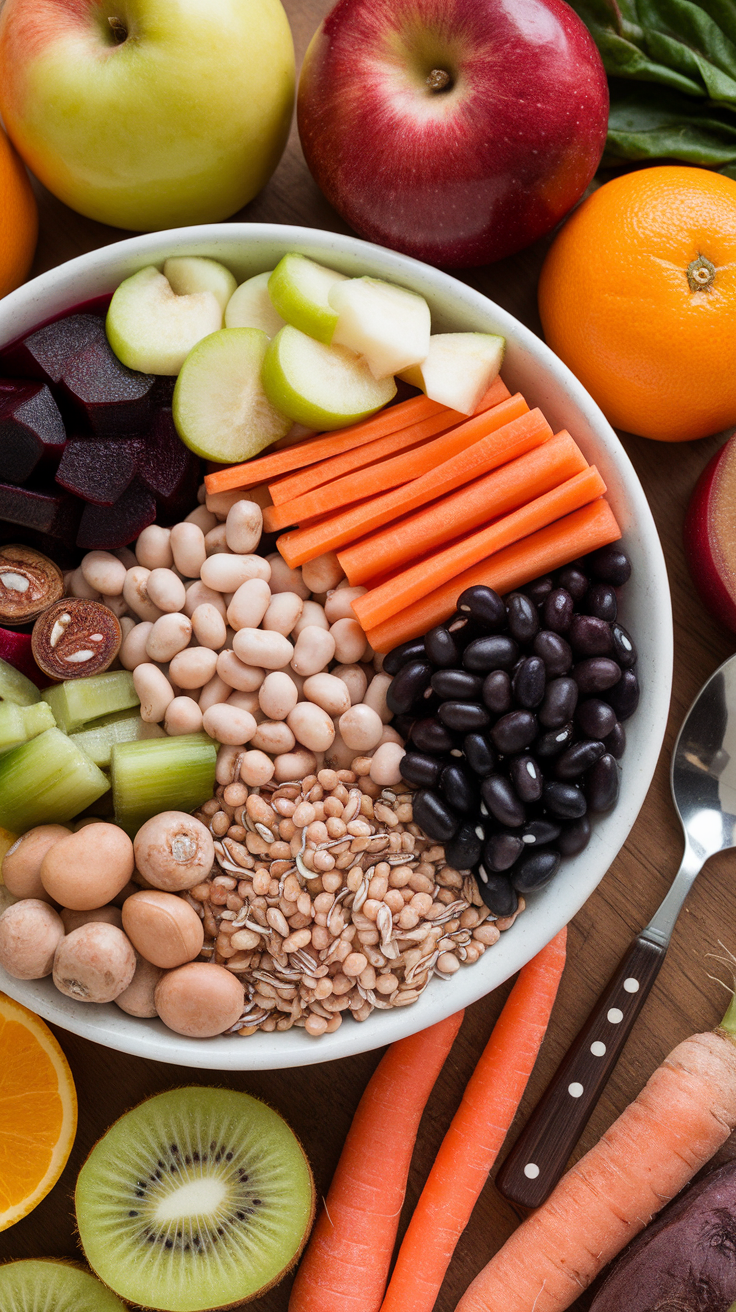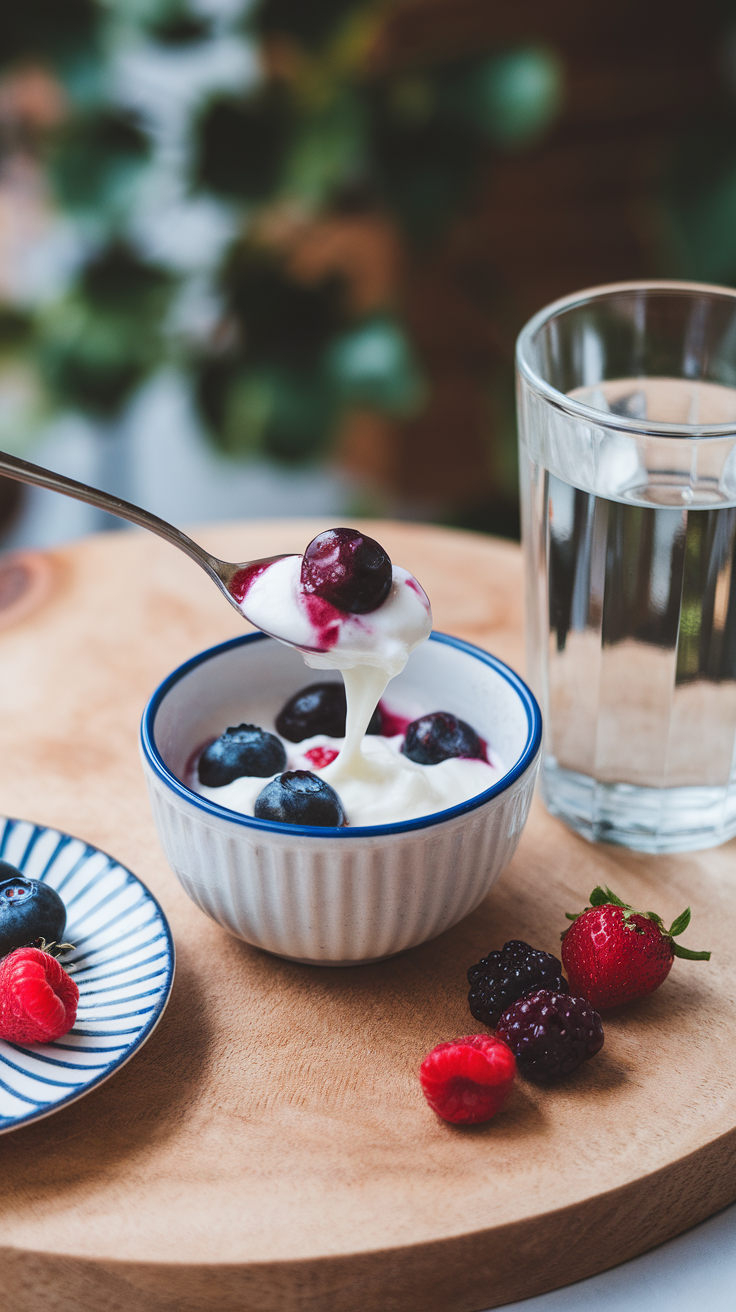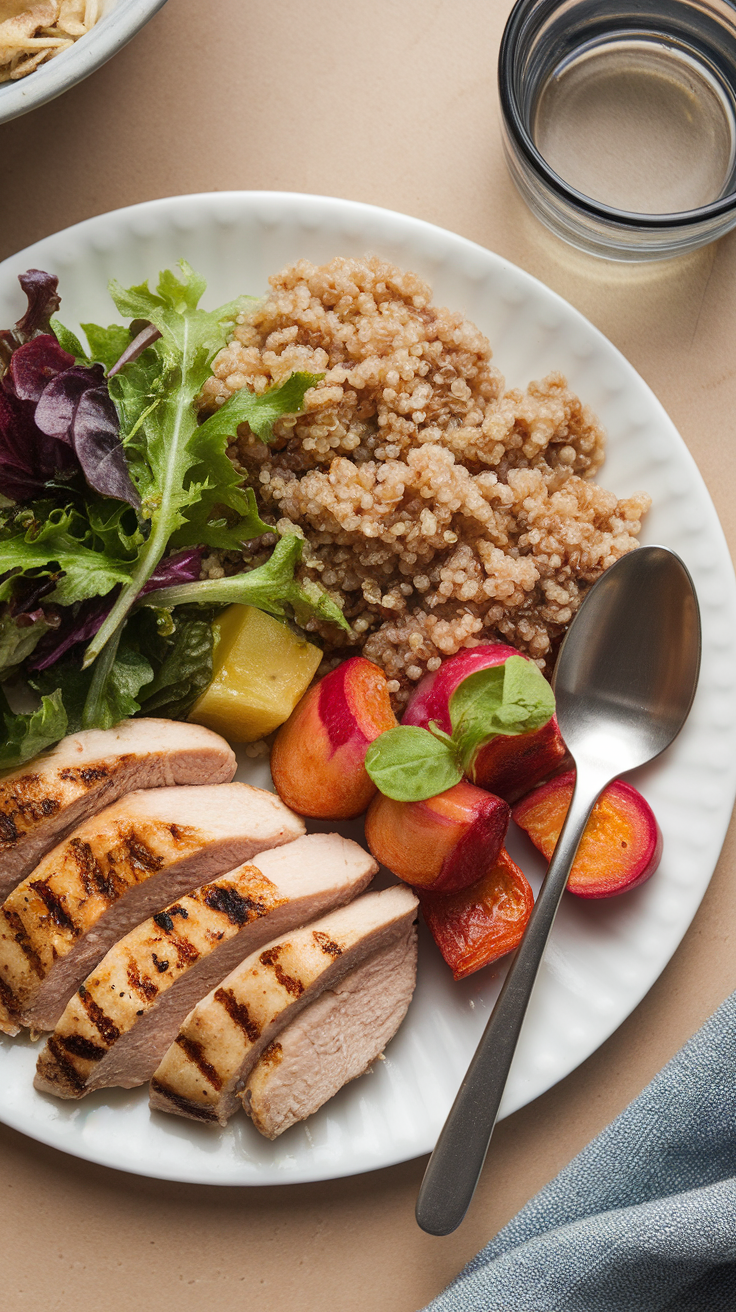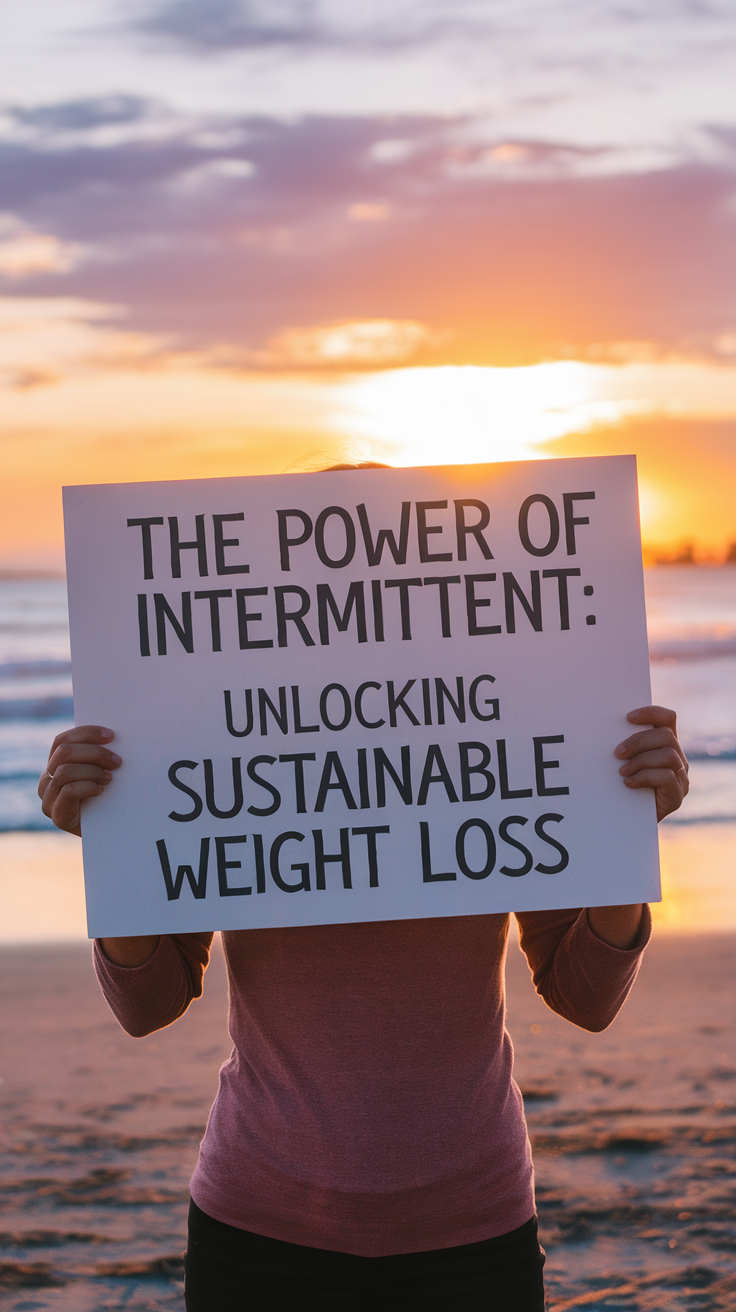The Science of Satiety: Unlocking the Power of Fiber for Sustainable Weight Loss
Last Updated: June 30, 2025 at 4:11:31 AM UTC
Fiber-rich foods and supplements have long been touted as a key component of a healthy diet, but their impact on weight loss is often overlooked. Dive into the latest research on the role of fiber in satiety and discover how incorporating more fiber into your daily routine can lead to sustainable weight loss.
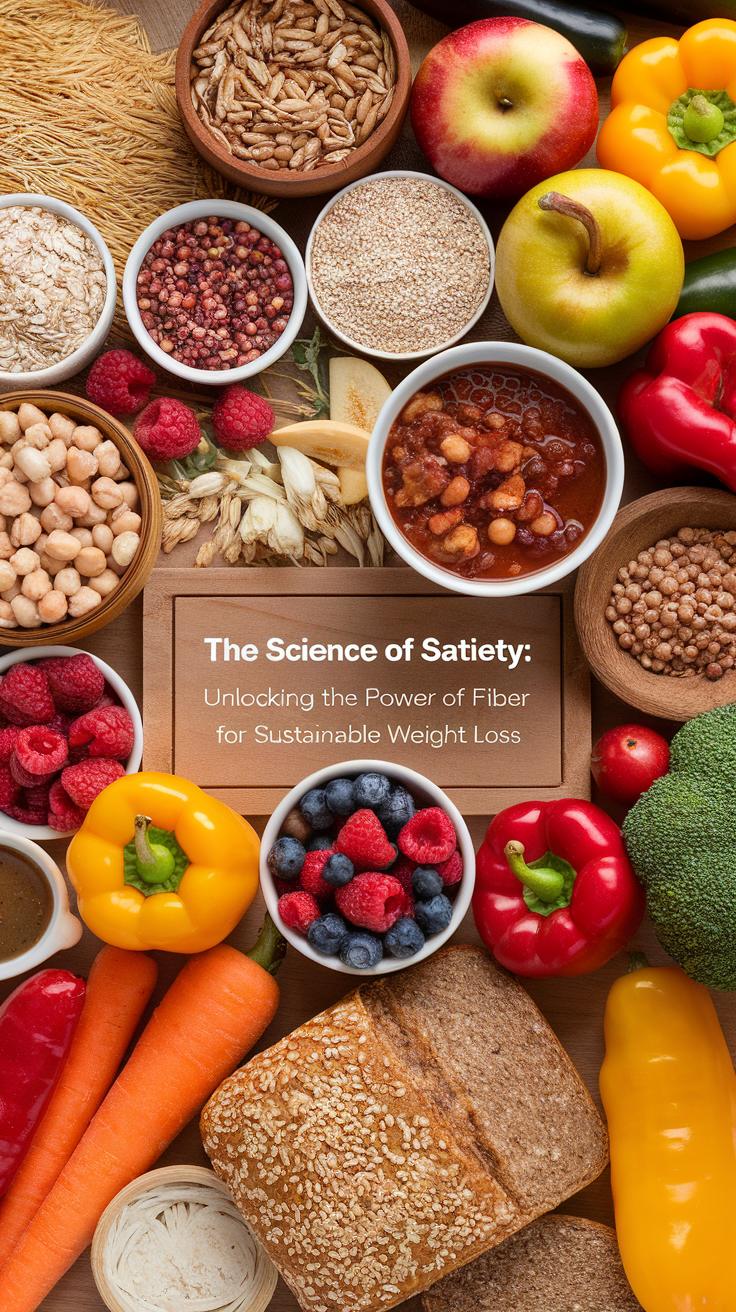
The Science of Satiety: Unlocking the Power of Fiber for Sustainable Weight Loss
When it comes to weight loss, many of us focus on calorie counting, portion control, and intense exercise regimens. While these strategies can be effective in the short-term, they often lack a crucial element: satiety. Fiber-rich foods and supplements have long been touted as a key component of a healthy diet, but their impact on weight loss is often overlooked. In this article, we'll delve into the latest research on the role of fiber in satiety and explore how incorporating more fiber into your daily routine can lead to sustainable weight loss.
The Power of Fiber
Fiber is a type of carbohydrate that is not easily broken down by the body. It passes through the digestive system relatively intact, providing a feeling of fullness and satisfaction. This is because fiber acts as a physical barrier, slowing down the digestion and absorption of nutrients, which in turn signals the brain that the body is full.
Studies have consistently shown that high-fiber diets are associated with lower body mass indexes (BMIs) and reduced risk of obesity. One study published in the Journal of Nutrition found that participants who consumed a high-fiber diet lost more weight and had greater improvements in body composition compared to those who followed a low-fiber diet.
How Fiber Works
Fiber's impact on satiety is multifaceted:
- Slows down digestion: Fiber slows down the digestion and absorption of carbohydrates, which helps to regulate blood sugar levels and reduce cravings for unhealthy snacks.
- Increases feelings of fullness: Fiber-rich foods are often high in volume, which can help to reduce hunger and increase feelings of fullness.
- Supports healthy gut bacteria: Fiber acts as a prebiotic, feeding the good bacteria in the gut, which can help to improve digestion and boost the immune system.
Fiber-Rich Foods and Supplements
While whole foods are always the best choice, supplements can be a useful addition to a high-fiber diet. Some of the best fiber-rich foods include:
- Legumes: Beans, lentils, and peas are all high in fiber and protein.
- Whole grains: Whole wheat bread, brown rice, and quinoa are all good sources of fiber.
- Fruits: Berries, apples, and bananas are all high in fiber and antioxidants.
- Vegetables: Leafy greens, broccoli, and Brussels sprouts are all fiber-rich and packed with vitamins and minerals.
Supplements like psyllium husk and methylcellulose can also be helpful in increasing fiber intake. These supplements are often used to treat constipation and can help to promote regular bowel movements.
Conclusion/Key Takeaways
Fiber is a powerful tool in the fight against weight loss. By incorporating more fiber-rich foods and supplements into your daily routine, you can experience increased feelings of fullness, reduced hunger, and a reduced risk of chronic diseases like heart disease and diabetes. Remember to always increase fiber intake gradually to allow your gut microbiome to adjust, and to stay hydrated to help fiber move through the digestive system.
A high-fiber diet is not a quick fix, but rather a sustainable way to promote weight loss and overall health. By focusing on whole foods and supplements, you can unlock the power of fiber and achieve your weight loss goals.
